|
Experiential learning resources for the innovative educator
A few weeks ago I received a private message from a follower on Instagram asking me where she could find my project-based learning resource, "Plan a Trip Around the World". I knew that she homeschooled her preschooler. This particular TpT resource, like all of my resources, is geared toward high schoolers. My follower was confused, understandably, because the cover photo of this product at the time was a picture of my toddler observing a massive globe, not a teenager. I messaged her back to tell her that the product as is wouldn't be a good resource for a preschooler, but could be modified to work for younger audiences by simply changing the language and level of guidance. I would make it my personal mission to adapt it to work for a 5-year-old. And I did. I knew it could be done because it's project-based learning, and PBL works for everyone! Every learner is their own person. I have found project-based learning to not only be the most effective way to accommodate for the unique qualities of every child, age and skill level included, but to celebrate those unique qualities. (scroll to the bottom to check out my preschoolers trip around the world.) Who Can Benefit From Project-Based Learning?The beauty of project-based learning is that it's not designed for or exclusive to any particular learner. I often get comments about my resources and how wonderful they would be for the "gifted and talented". I don't doubt that, but they are certainly not limited to "gifted and talented" students. Project-based learning ALSO works for learners that are behind because of personal setbacks along the road. It works well for learners in large classrooms and small, in traditional and alternative learning environments, for those learning from home, and for those outschooling, unschooling, and worldschooling! Project-based learning works for the young, the old, the artistic, the scientific, English language learners, the introverts, the extroverts, the kinesthetic, the visual, the dreamers and idealists, the concrete thinkers, the abstract thinkers, those that have experienced trauma, and so on and so on. This is true when the projects are student-directed; when learners have choice. How Does Project-Based Learning Accommodate All Learners?When I say project-based learning "works for" all learners, what I mean is that project-based learning effectively promotes deeper learning of content, independent thinking, and the development of 21st-century skills for all. The result of project-based learning is passionate, lifelong learners. All children have access to the same learning opportunities. The difference is in how each student develops the skills and knowledge. Learning experiences, or projects in this case, are designed by each individual student to accommodate their unique needs and qualities. This is how it works: Project-based learning, when child-directed, allows learners to design projects around their interests, learning styles, skill levels, strengths, goals, and more. The elements of project-based learning include a driving question, research sub-categories or questions, the use of community experts, an innovative final product, and authentic presentations. Some project-based instructors also have their students create their own rubrics (see my student-generated rubric and criteria word bank). Each of these elements presents a new opportunity for student choice. Each student can choose their experts, their research method, their final product, and who they will share it with. If one student prefers hands-on learning experiences, for example, they may gather information on their topic through interviews and shadowing experiences. Another student may really like to read, so may research their topic by perusing publications. One student may love to draw and may choose to demonstrate knowledge by illustrating a children's book. Another student may have set a goal of improving their writing, so may choose to demonstrate an understanding of the same concept by writing a research paper. The elements of project-based learning make adapting and modifying curriculum to fit the needs of each unique learner seamless. As a bonus, the learning experiences are fun for the students because the students have a role in creating those experiences. ***I highly recommend going back through posts from my project-based learning series to learn more about PBL if you haven't already or are not that familiar with how it works. How Do I Implement Authentic, Student-Directed PBL?My advisory students do something similar to "passion projects" throughout the year - independent, student-directed, project-based learning. Each student determines their own project topic based on interests, they choose their own experts, decide their outcomes, and many even design their own assessments. This type of project-based learning is useful and common in homeschool environments, project-based schools, advisory programs, alternative schools, elementary classrooms, and even large traditional learning environments where educators are given the support and flexibility to be creative with their teaching. How Do I Implement PBL in a Subject-Specific Learning Environment?I also teach subject-specific seminars, which are also project-based. That type of project-based learning would be facilitated by educators that teach subject units, such as a high school history or biology teacher. To accommodate all learners in this scenario, where you have specific topics and learning objectives in mind, you present the topic or driving question, and your students design their own projects around that theme. They would have choice in some or all of the other PBL elements - how to gather information, which experts to use, how they will demonstrate learning, and who they will share their final product with. Some teachers will deliver "project-based learning" in a way that doesn't give students choice. The teacher chooses the experts and makes all of the arrangements. The teacher assigns a specific final product, such as a research paper, to ALL students. This is technically still project-based learning, but this approach does not accommodate the needs of diverse learners. It also puts a lot on you. Student-directed PBL takes all learners into consideration. Without student choice, project-based learning is just more teacher-centered pedagogy, which is fine if you're not interested in modifying curriculum to fit the needs of all students. I assume you are interested in that, however, if you're reading this post. Trip Around the World Project by C.S. (5-year-old) As I said earlier, I have a follower who was hoping one of my high school resources would work well for her preschooler - planning a trip around the world. By adjusting the expectations, modifying the level of guidance, and offering the 5-year-old choice (in this case my son), this mission was accomplished! Check it out:
The first strip of photos below shows my 5-year-old son doing a modified version of my "Plan a Trip Around the World" PBL project. The photo strip below that one is the same project, the one in my TpT store, completed by older students. My child gained so much from this project. The project integrated content, helped my child develop essential skills appropriate for him at this time in his life, gave him voice and choice, and pumped him up because the project was designed around his unique needs and interests.
For student-directed project-based learning resources, check out my TpT store, 25% on all products today only. If you are a beginner, start with my PBL Bundle and Implementation Guide. For templates that guide through the student-directed project-based learning process on ANY topic, check out my Project-Based Learning Tool Kit. Follow Experiential Learning Depot on Pinterest and Instagram for more on project-based learning and experiential education. Observe. Question. Explore. Share.
2 Comments
Roberta s Daniel
3/14/2022 04:31:14 pm
THIS IS SO POWERFUL! Exactly where I'm headed with teacher training as Director of Christian Education!
Reply
Sara (Experiential Learning Depot)
3/14/2022 05:01:22 pm
I’m so glad, Roberta! Please reach out if I can help with anything. Good luck!
Reply
Your comment will be posted after it is approved.
Leave a Reply. |
Blog IntentTo provide innovative educational resources for educators, parents, and students, that go beyond lecture and worksheets. AuthorSara Segar, experiential life-science educator and advisor, curriculum writer, and mother of two. Categories
All
|
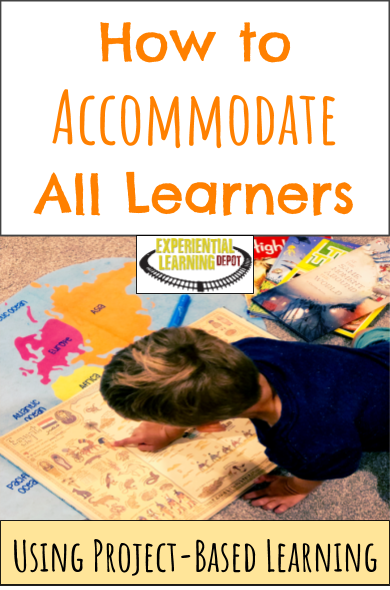
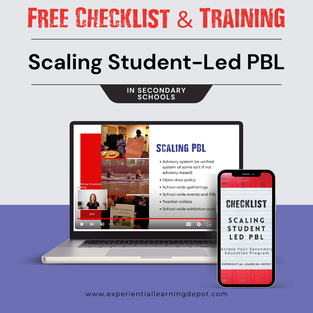
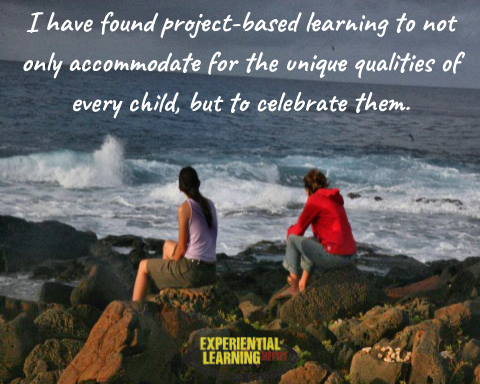
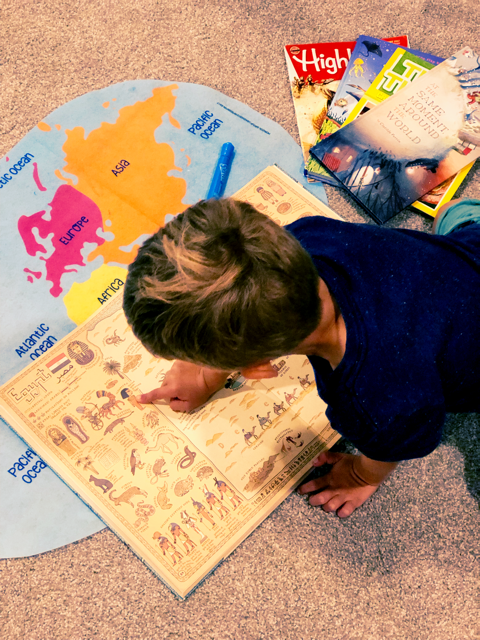
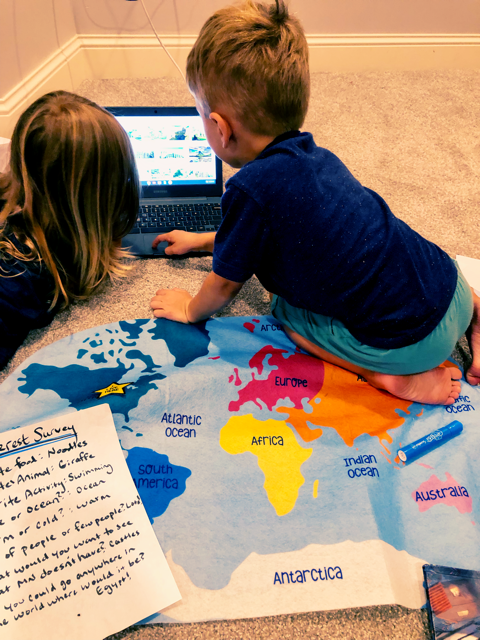
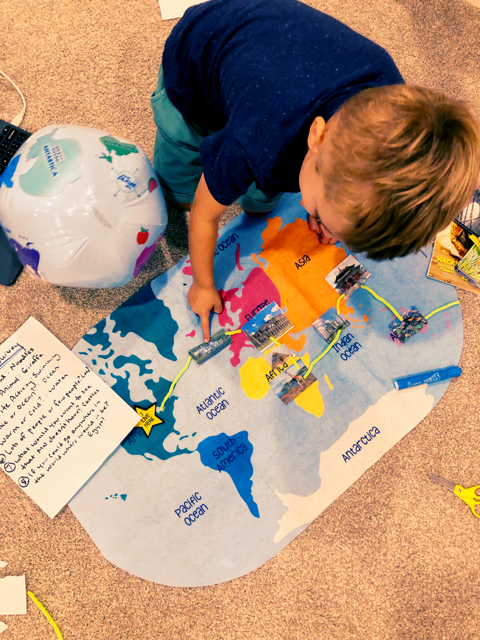
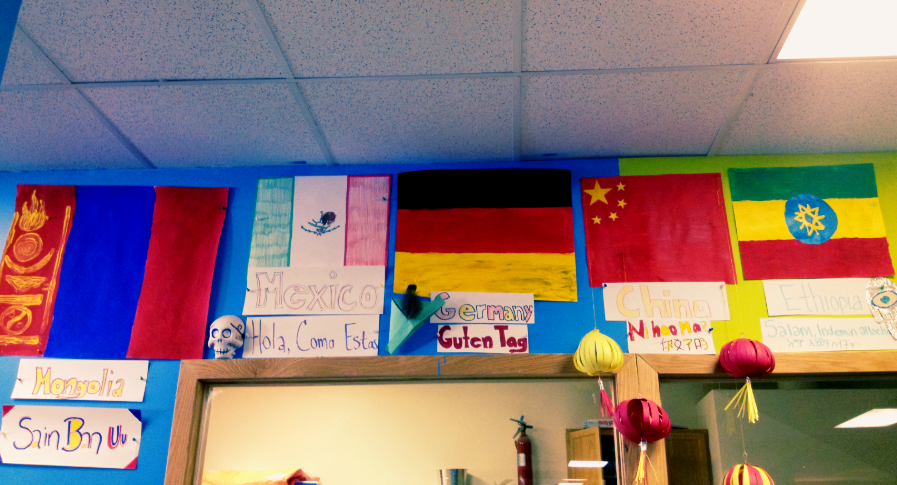
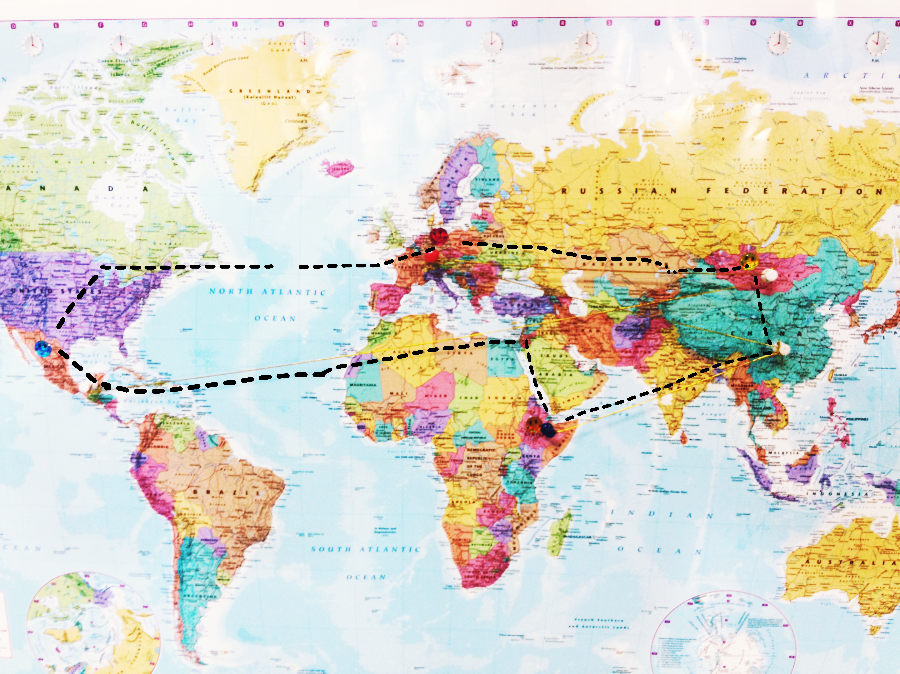
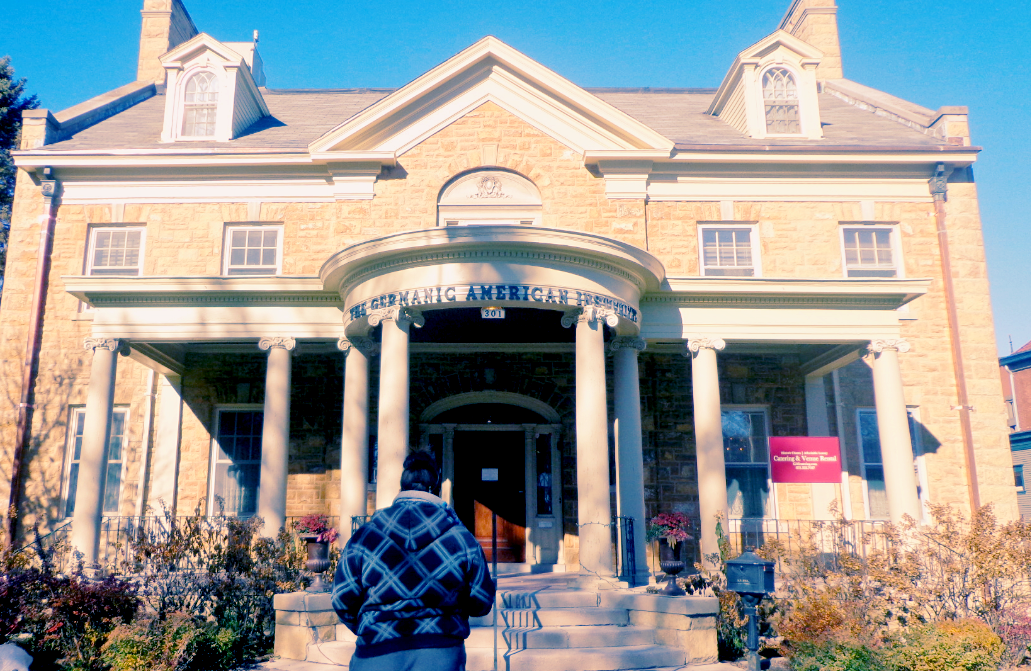
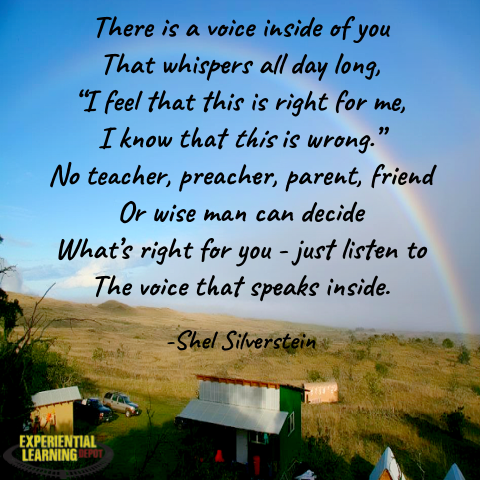


 RSS Feed
RSS Feed